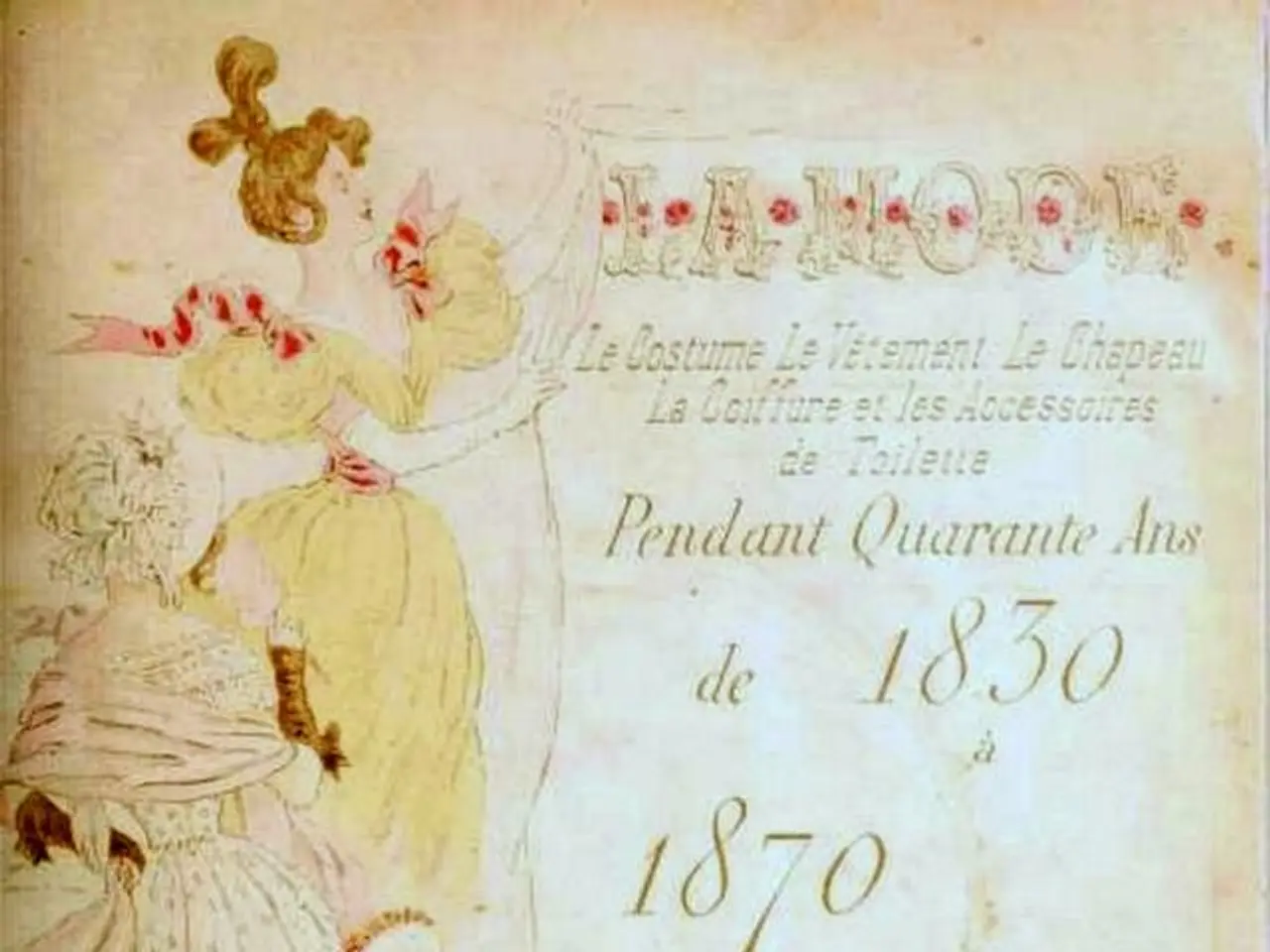Unveiled Accounts of Female Scientists Whose Genius Remained Unnoticed
In the realm of science, several trailblazing women have made groundbreaking contributions despite facing significant challenges related to gender discrimination and limited access to opportunities. Among them are Marie Curie, Lise Meitner, and Rosalind Franklin.
Marie Curie, born in 1867 in Warsaw, Poland, was a pioneering physicist and chemist. Alongside her husband Pierre Curie, she conducted extensive research on radioactivity and discovered the elements polonium and radium. In 1903, she became the first woman to be awarded the Nobel Prize in physics, which she shared with her husband and fellow physicist Henri Becquerel. However, she faced intense sexism, limited educational opportunities as a woman in Poland, and skepticism from the male scientific community.
Lise Meitner, born in 1878, was an Austrian Swedish physicist who made groundbreaking contributions to nuclear physics. Her collaborative work with chemist Otto Hahn led to the discovery of nuclear fission, a crucial development that laid the groundwork for nuclear energy and weapons. Despite her central role, she was excluded from the 1944 Nobel Prize awarded to Hahn. As a Jewish woman scientist in Nazi-era Europe, Meitner faced political persecution, forced exile, and obstacles to scientific recognition.
Rosalind Franklin, born in 1920, was a British biophysicist and X-ray crystallographer who made significant contributions to the understanding of the molecular structures of DNA, RNA, viruses, coal, and graphite. Despite her instrumental role, Franklin's contribution has often been overlooked and marginalized, with her male colleagues, Watson and Crick, utilizing her data without her knowledge or permission to propose the double helix model.
These women navigated social barriers such as restricted access to higher education, lack of institutional support, and under-recognition due to prevailing gender biases. Despite these challenges, their contributions fundamentally advanced physics, chemistry, and biology, paving the way for future generations of women scientists.
Today, academic institutions and companies are implementing policies and programs to prioritize diversity and inclusivity, including active recruitment strategies and fostering an inclusive workplace culture. Recognizing and celebrating the achievements of women in STEM through awards, honors, and visibility campaigns is important for challenging prevailing biases.
Movements like #MeTooSTEM have brought issues of sexual harassment in scientific settings into the spotlight. Initiatives that promote inclusivity, challenge stereotypes, and provide mentorship opportunities are crucial for women scientists to thrive. Mentorship programs such as STEM For Her connect seasoned female scientists with those navigating their career paths.
Organizations like Girls Who Code and Women In Science and Engineering encourage girls to pursue STEM education and careers. The "leaky pipeline phenomenon" describes the gradual decline of women in various stages of their STEM careers. This phenomenon is often caused by biases and discriminatory practices, creating unwelcome and hostile work environments.
The history of women in STEM is a testament to resilience in the face of adversity, and progress is still ongoing in the battle against misogyny and sexism. The legacy of Marie Curie, Lise Meitner, and Rosalind Franklin serves as a reminder of the importance of perseverance and the potential for groundbreaking scientific advancements when barriers are overcome.
- In the realm of science, the spotlight is often cast on the groundbreaking contributions of trailblazing women, such as Marie Curie, Lise Meitner, and Rosalind Franklin, who faced significant challenges related to gender discrimination and limited access to opportunities.
- Marie Curie, born in 1867, was a pioneering physicist and chemist who discovered the elements polonium and radium, despite facing intense skepticism and sexism from the male scientific community.
- Lise Meitner, born in 1878, made groundbreaking contributions to nuclear physics but faced political persecution, forced exile, and obstacles to scientific recognition as a Jewish woman scientist in Nazi-era Europe.
- Rosalind Franklin, born in 1920, made significant contributions to the understanding of the molecular structures of DNA, RNA, and viruses, but her contribution is often overlooked and marginalized compared to her male colleagues.
- Today, academic institutions and companies strive to prioritize diversity and inclusivity by implementing policies and programs that foster an inclusive workplace culture and challenge prevailing biases.
- Mentorship programs and initiatives, such as STEM For Her, are crucial for women scientists to thrive, as they provide opportunities for networking and guidance from seasoned female scientists.
- Organizations like Girls Who Code and Women In Science and Engineering encourage girls to pursue STEM education and careers, with the goal of combating the "leaky pipeline phenomenon," which describes the gradual decline of women in various stages of their STEM careers due to biases and discriminatory practices.
- The history of women in STEM serves as a testament to resilience in the face of adversity, and progress is still ongoing in the battle against misogyny and sexism.
- The legacy of Marie Curie, Lise Meitner, and Rosalind Franklin serves as a reminder of the importance of perseverance and the potential for groundbreaking scientific advancements when barriers are overcome, particularly in fields like health and wellness (focusing on women's health, cancer research, and medical-conditions), finance (entrepreneurship, business, and personal-growth in the context of financial independence), education and self-development, and relationships and family dynamics (by empowering women to set and achieve their goals).




